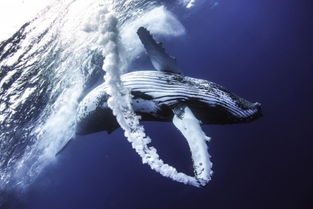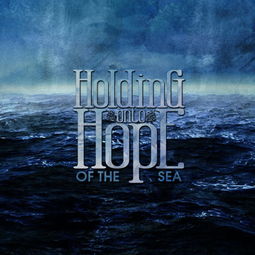As the sun dips low and casts a golden hue over the river's surface, the call of the riverbank becomes a serene haven for anglers seeking to master the art of fishing. Whether you're a seasoned pro or a beginner looking to cast your line into the wild, understanding how to effectively retrieve water and apply fishing techniques can significantly enhance your chances of a successful catch. Here's a comprehensive guide to help you navigate the riverbank and improve your fishing skills.
Understanding the Riverbank
Before you can begin fishing, it's crucial to understand the dynamics of the riverbank. The river's current, depth, and structure can greatly influence where and how you should fish. Here are some key factors to consider:
Current: The strength and direction of the current will determine where fish are likely to be. Fish often congregate in areas where the current is slower, such as behind rocks or around fallen trees.
Depth: Fish tend to stay in deeper water during the heat of the day and move to shallower areas during cooler times. Be mindful of the depth as you choose your spot.
Structure: Look for natural structures like rocks, logs, and weed beds, which can provide excellent cover for fish.
Water Retrieval Techniques
Once you've chosen your spot, the next step is to retrieve water effectively. Here are some techniques to ensure you have the best possible chance of a successful catch:
Cast with Precision: Learn to cast with accuracy to reach your desired spot. Practice different casting techniques, such as the overhead cast, sidearm cast, and roll cast, to find the one that works best for you.
Adjust for Wind: Wind can affect your cast significantly. Adjust your technique to compensate for wind direction and strength. For example, if the wind is blowing towards your target, you may need to cast further or adjust your casting angle.
Use the Right Bait: The type of bait you use can greatly impact your success. Live bait, such as worms or minnows, can be more effective than artificial lures in certain situations.
Keep Your Line Taut: A taut line is more sensitive to the movements of fish. Keep your line tight but not too tight, as this can put unnecessary stress on the fish.
Fishing Techniques
Once you have the water retrieval down, it's time to focus on the fishing techniques:
Choose the Right Gear: The type of rod, reel, and line you use will depend on the species of fish you're targeting and the conditions of the river. For example, a lightweight spinning rod and reel are ideal for panfish, while a heavy-duty baitcasting setup might be better for larger species.

Bait Presentation: How you present your bait is crucial. Slowly retrieve your lure or bait, allowing it to mimic the natural movements of prey. Pay attention to the water's surface and any signs of fish activity, such as ripples or splashes.
Patience is Key: Fishing requires patience. Don't get discouraged if you don't catch anything right away. Fish can be unpredictable, and the best catches often come from waiting for the right moment.
Learn to Read the Water: Pay attention to the water's surface and any changes in the current. Fish often feed in areas where the current is changing, such as where two currents meet or where the current is strongest.
Practice Catch and Release: If you're not planning to keep your catch, practice catch and release techniques to ensure the fish's survival. This includes using a dehooking tool and being gentle when handling the fish.
Conclusion
Fishing along the riverbank can be a rewarding and relaxing activity, but it requires patience, practice, and a good understanding of the river's dynamics. By mastering water retrieval techniques and applying effective fishing strategies, you'll be well on your way to becoming a skilled angler. Remember to always respect the natural environment and practice sustainable fishing practices to preserve the river's ecosystem for future generations. Happy fishing!












